成为第一个评论此产品的人
PRODUCT DETAILS
Bolero carrot seeds are a great variety for home or market. Very sweet and crunchy, it is a good keeper in storage or in the ground. Roots are bright orange, up to 20cm (8"") long, and slightly tapered, with the typical blunt Nantes tip. High level of resistance to Alternaria blights and powdery mildew. Very tasty! Our Bolero carrot seeds are also available as pelleted seeds for easier handling. This variety is something of an industry standard. Because of their hybrid uniformity, they are very attractive to market growers. We think the flavour is so superb that these carrots are a nice choice for the home gardener as well. Winner of the RHS Award of Garden Merit.
Matures in 75 days. (Hybrid seeds)
- Sweet and crunchy
- Good keeper in storage or ground
- Bright orange roots up to 20cm (8"") long
- Hybrid seeds
- Matures in 75 days
All About Bolero
- Carrot Shapes
- Carrot Chart
- All carrots can be harvested immature as baby roots, which tend to be crunchy but tender, and quite sweet. They can also be left to reach their full size, shape, and colour, of course. All carrots are high in beta-carotene, a pigment that we metabolize as vitamin A. A lack of vitamin A can result in poor vision, hence the notion that carrots are good for eyesight. Carrots are also rich in Vitamins C, B6, and Niacin. Because of the relatively vertical nature of the plant’s form, carrots can be grown fairly densely, and are therefore useful within the economy of space in a smaller growing area. That is, even a little garden can produce a lot more in carrots than by, say, lettuce or cucumbers. The seeds can be sown from early spring right through late summer for a harvest that will last nearly year round, so they form an essential part of nearly every vegetable garden.
- The first main trick with carrot seeds is to sow them shallowly and then maintain moisture in that top layer of soil until they germinate. Because they may take as long as three weeks to germinate, this can be challenging, especially in hot weather or in exposed, windy gardens. The way to achieve this is to water very deeply prior to planting, and then either water very regularly or employ some other means to reduce evaporation. Some growers like to use lightweight row cover, which helps to maintain moisture and has the added benefit of keeping away the carrot rust fly. But we’ve also seen some growers simply lay a 2×4 beam, or even plywood, over the damp seedbed. This is lifted every few days to check on progress, and then removed at germination.
- If you have the luxury of growing carrots without the presence of carrot rust flies, you may still be concerned with soil dwelling insects such as wireworms, which seem to be true lovers of carrots. They are so attracted to carrots, in fact, that a full-grown carrot makes a very good lure for wireworms. Just bury carrots or carrot pieces in several areas around the intended seedbed, and mark where you bury them. If wireworms are present, you can then dig up the carrot pieces and easily remove the wireworms from the bed, or at least go a long way to reducing their population.
- Take extra care with the carrot bed to insure that the soil is loose and completely free of stones or other debris. Truly beautiful carrots are easy to grow if the extra time is taken to produce a good home for them. Avoid nitrogen-heavy fertilizers and manure that has not been composted for more than a year, as you may end up with big, bushy tops on pitiful, spindly roots.
Latin
Daucus carota Family: ApiaceaeWe Recommend:
Bolero (CR283). It’s not really fair to recommend one carrot over another because they are all so different and appealing in their own ways. But for simple ease of planting Bolero carrot seeds can’t be beat.Season & Zone
Season: Cool season Exposure: Full-sunTiming
Direct sow from just after the last frost date to late summer for harvests from summer through early winter. Sow at 3 week intervals for a continuous harvest. Direct sow winter-harvest carrots (where winters are mild) in the first two weeks of August. Optimal soil temperature: 7-30°C (45-85°F). Seeds may take as long as 14-21 days to germinate.Starting
Because carrot seeds are tiny, they need to be sown shallowly. The trick is to keep the top-most layer of soil damp during the relatively long germination period. Water deeply prior to planting. Direct sow the tiny seeds 5mm (¼”) deep, 4 seeds per 2cm (1″), and firm soil lightly after seeding. Make sure the seeds are only just buried. Water the area with the gentlest stream possible, and keep it constantly moist until the seeds sprout.Days to Maturity
From direct sowing.Growing
Ideal pH: 6.0-6.8. The softer and more humus-based the soil, the better. When soil is dry enough in spring, work it to a fine texture. Broadcast and dig in ½ cup complete organic fertilizer for every 3m (10′) of row. Avoid fresh manure. Carrots will become misshapen, but still edible if they hit anything hard as they grow down into the soil. Keep weeded and watered.Thinning
This is the process of removing some seedlings, if necessary, so each has enough space to grow in the row. It is very important to thin carrots so they don’t compete for available nutrients, moisture, and light. Thin to 4-10cm (1½-4″) apart when the young plants are 2cm (1″) tall. Use wider spacing to get larger roots. As they grow, carrots may push up, out of the soil, so hill soil up to prevent getting a green shoulder.Harvest
Carrots can be harvested at any size, but flavour is best when the carrot has turned bright orange - or its other mature colour. After harvest, store at cold temperatures just above 0ºC. Store in sand or sawdust, or simply leave carrots under heaped soil in the garden during the winter, and pull as needed.Seed Info
In optimal conditions at least 60% of seeds will germinate. Usual seed life: 3 years. Per 100′ row: 2.4M seeds, per acre: 1,044M seeds. Rates are for raw, not pelleted seeds.Diseases & Pests
- The Carrot Rust Fly – This pest lays its eggs at the base of the growing carrots. The larva of the fly chews tunnels and unsightly grooves through the surface of the root, causing rot. Unfortunately the damage isn’t just cosmetic; the activities of the Carrot Rust Fly larva changes the flavour of the carrot and makes it quite inedible. Use our floating row cover to keep the adults away from the carrots. Plant after the beginning of June to avoid the first and worst infestation period. The good news for apartment dwellers who want to grow carrots on their balconies is the Carrot Rust Fly is not a good flyer. It is unlikely to infest their high-rise crop.
- Wireworm – These are the larva of click beetles. They are about an inch and a half long, slender and reddish brown. When squeezed they turn as rigid as a wire, hence the name. Wireworms chew irregular holes through roots, making the carrots inedible. Wireworms prefer a moist soil so preparing your carrot bed so that it is well drained will help. Interplanting with mustard leaf is an excellent way to discourage wireworm damage. The flavour of the mustard is one deterrent, and mustard also helps to dry out the soil, forcing the wireworm away from the roots.
- Predatory nematodes are an effective control for both Carrot Rust Fly and wireworm. Apply generously in the spring when the larva of both pests is most active.
Companion Planting
Plant with bean seeds, Brassicas, chives, leeks, lettuce, onions, peas, peppers, pole beans, radish, rosemary, sage, and tomatoes. Avoid planting with dill, parsnips, and potatoes. Carrots planted near tomatoes may have stunted roots, but will have exceptional flavour. Chives also benefit carrots.
| 品牌 | West Coast Seeds |
|---|---|
| 制造商料号 | CR283A |
| UPC | 687704000965 |
| 家族 | 胡萝卜 |
| 群组 | Nantes |
| 成熟天数 | 75 |
| 有机认证 | 否 |
| 传家宝 | 否 |
| 开放授粉 | 否 |
| 杂交种 | 是 |
| 包装选项 | A 包装 |
| 包装语言 | 英文 |
| 货物类型 | 种子 |
Customer Questions
顾客评论




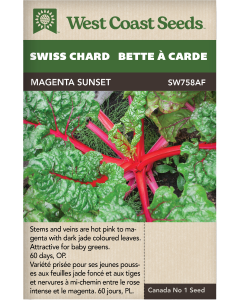
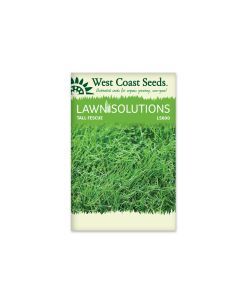


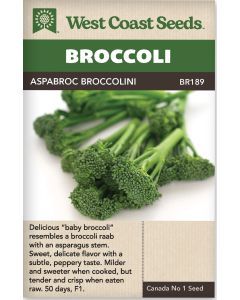
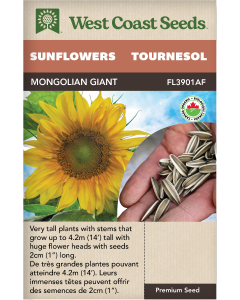

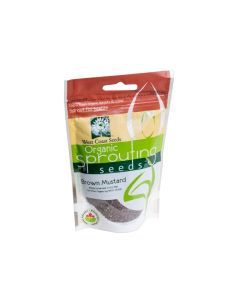


Login and Registration Form